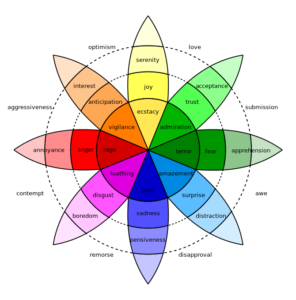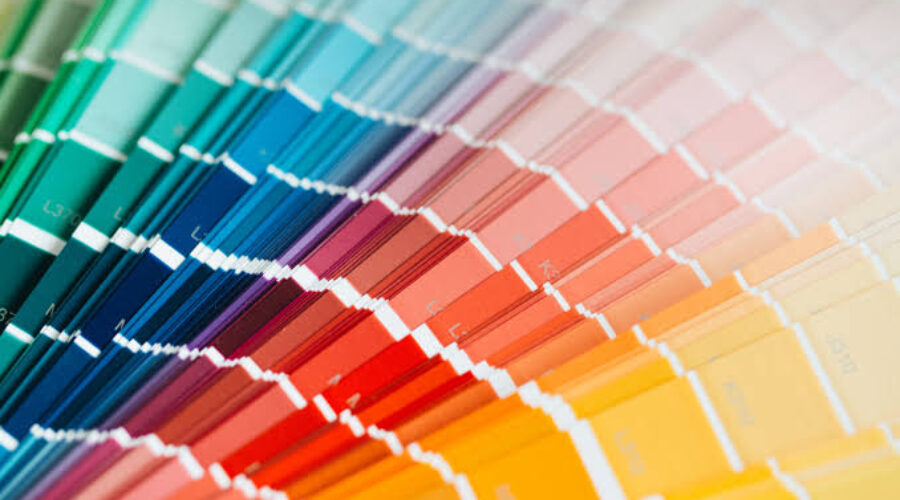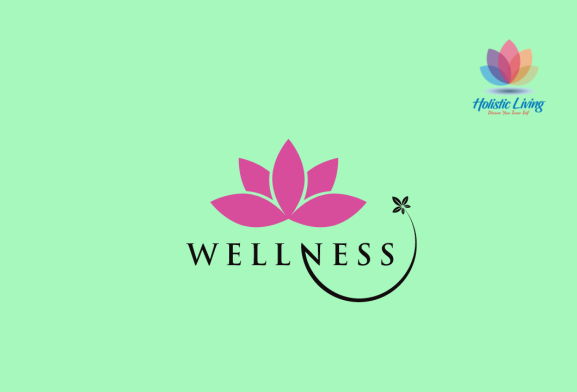What is Colour Psychology?
Colour psychology is the study of colours as a factor in human behaviour. Color impacts non-obvious sensations, such as the flavour of food and have properties that can elicit specific emotions in humans.
Colour is a very effective communication tool that may be used to convey action, alter emotion, and even influence physiological reactions. Certain colours have been linked to higher blood pressure, higher metabolism, and eyestrain.
Colours and emotions are inextricably intertwined. Warm colours elicit distinct emotions than cool colors, while brilliant colours elicit different emotions than subdued colours. It all relies on how color’s psychological impacts are employed. Colors have the ability to make us feel joyful or sad, hungry or calm. These reflexes are influenced by psychological factors, biological conditioning, and cultural imprinting. That is why it is critical to grasp the psychological impacts that colours may have on the typical human, as well as the principles of colour theory and colour meanings.
There is a large body of study on the psychology of colour. Here’s a rundown of some of the most well-known colours.
Red – Red is a colour that draws attention. It represents passion, courage, warmth, sexuality, but it is also known as a color that stands for danger, violence, and aggression. However, red when used in businesses might depict aggressiveness. Using red excessively might appear unseemly, too enthusiastic, and even desperate.
Blue – Blue is a good colour to use in a variety of circumstances. It exudes serenity while retaining some energy—a good balance. Blue evokes sentiments of peace or tranquillity. It is frequently described as quiet, serene, secure, and tidy. Blue is frequently associated with stability and dependability. Of course, different blues evoke different emotions: sky blue is generally associated with optimism, idealism, the future, or spirituality. Medium blue is universally attractive, and navy blue provides stability, yet really dark blue may evoke melancholy or even terror.
White – White is frequently connected with honesty and innocence. Cleanliness, freshness, and simplicity are just a few of the good ideas that white may express. White appears to be a blank slate, representing a new beginning or a fresh start. Among the characteristics of this colour are- simplicity, truth, purity, perfection and silence.
Black – In colour psychology, the colour black is associated with mystery, power, elegance, and refinement. Color meaning, on the other hand, may elicit feelings such as grief and rage. Black’s half-life has been longer than others, although it may be approaching its limit. Some consider the all-black appearance to be a fashion cliché.
Yellow – Yellow, more than any other main hue, is thought to induce cheerfulness, as in the smiling face, which is generally yellow, like sunshine. Yellow aids in the development of strong analytical thinking. When used excessively, the beneficial features of yellow might cause abrasion. Moreover, it resembles being pleasant and approachable. Of again, in some situations, bright yellow may appear as though you’re trying too hard to attract notice. Among the characteristics of this colour are- wisdom, youth, enthusiasm, friendships and divinity.
Green – Green is a colour that may elicit strong emotions. It is a dominating colour in nature that conjures up images of expansion. Consider the enormous range of green tints that reflect regeneration and life in nature. Green symbolises abundance and is connected with refreshment, calm, relaxation, harmony, growth and security.
Pink – Pink is frequently associated with gender stereotypes. It is a calming colour linked with love, kindness, and femininity. Many people automatically identify the colour with feminine and girly things. It may also conjure up images of romance and festivals such as Valentine’s Day. However, pink tints such as “bold pink” or “hot pink” may signify feminine empowerment, showcasing strong and powerful personalities of women. Among the characteristics of this colour are- romanticism, innocence, love, dreams and tenderness.
According to the well-known publication Psychology Today, colour treatment is referred to as chromotherapy. Chromotherapy is the science of adjusting body vibrations to frequencies that result in health and harmony via the use of colours. Each hue has frequencies of a distinct vibration, and each vibration corresponds to a different set of bodily symptoms. Such comments emphasise that colour is regarded to be the most important component of such chroma-based therapies. When the colour is gone, they should stop working or become less potent.
During difficult circumstances, you are prone to accepting any tactics that claim to assist. You would surely attempt these colourful ways if you heard somewhere that the colour yellow may excite you and the colour blue can make you calm and self-assured, enhancing your confidence.
You might also consult with an expert from The Holistic Living to discover more about colors, it’s influence on your personality and judgement and seek assistance with the same. Also check out the wellness store for other valuable products to help you in your life.



